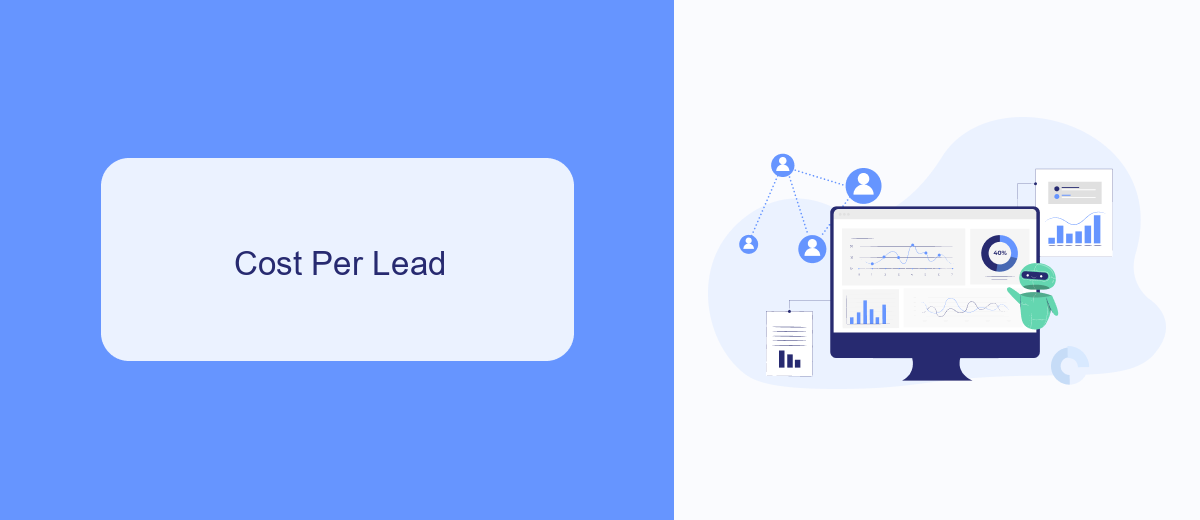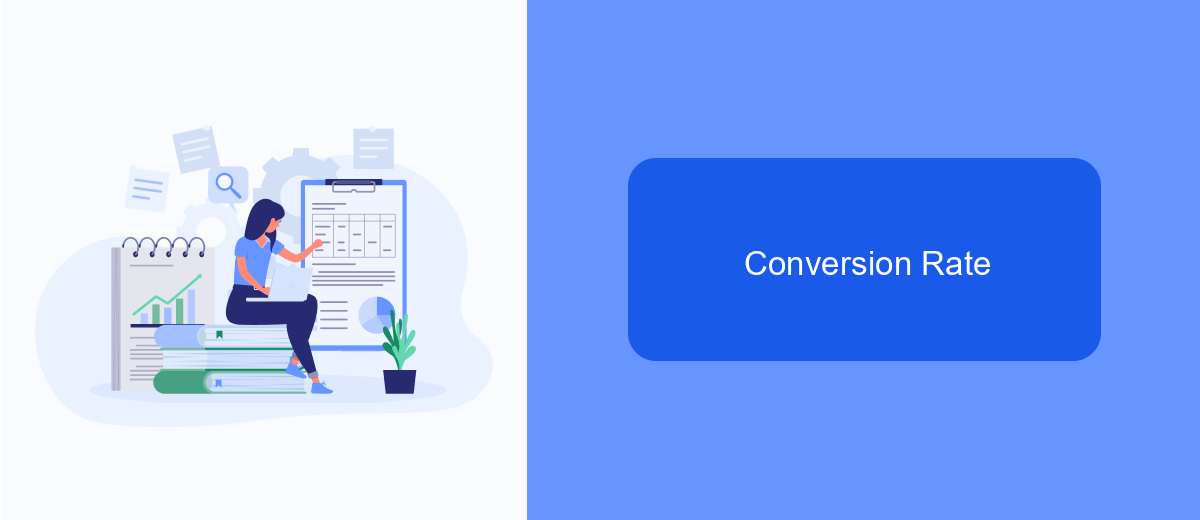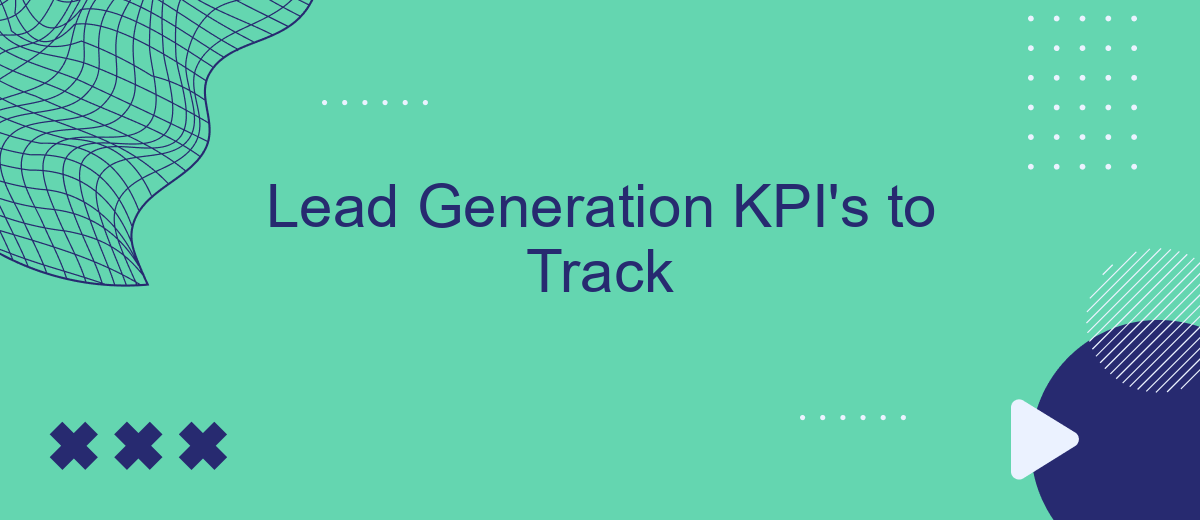In the ever-evolving landscape of digital marketing, tracking the right Key Performance Indicators (KPIs) for lead generation is crucial for success. These metrics provide valuable insights into the effectiveness of your strategies and help optimize efforts to convert prospects into loyal customers. This article explores the essential KPIs every marketer should monitor to drive meaningful growth and achieve business objectives.
Number of Leads Generated
The number of leads generated is a crucial KPI for any lead generation strategy. It provides a clear measure of how effective your marketing efforts are in attracting potential customers. Tracking this metric allows you to evaluate the overall performance of your campaigns and make data-driven decisions to optimize your lead generation process.
- Evaluate the effectiveness of different marketing channels
- Identify high-performing campaigns and replicate their success
- Understand seasonal trends and adjust your strategies accordingly
- Set realistic goals and benchmarks for future campaigns
To streamline the process of tracking and managing leads, consider using integration services like SaveMyLeads. This tool automates the transfer of lead data from various marketing platforms to your CRM, ensuring that you have up-to-date information at your fingertips. By leveraging such services, you can save time, reduce manual errors, and focus more on nurturing and converting your leads.
Cost Per Lead

Lead Quality

Lead quality is a crucial metric for any lead generation strategy, as it determines the potential value and conversion likelihood of the leads you acquire. High-quality leads are those that closely match your ideal customer profile and are more likely to convert into paying customers.
- Define Your Ideal Customer Profile (ICP): Clearly outline the characteristics of your best customers, including demographics, behavior, and pain points.
- Use Lead Scoring: Implement a lead scoring system to rank leads based on their fit with your ICP and their engagement level with your marketing efforts.
- Integrate with CRM: Utilize tools like SaveMyLeads to seamlessly integrate lead data with your CRM, ensuring that your sales team has all the necessary information to prioritize high-quality leads.
By focusing on lead quality, you can ensure that your marketing and sales efforts are directed towards prospects with the highest potential for conversion. This not only improves your return on investment but also enhances the efficiency of your lead generation process. Regularly review and adjust your lead quality criteria to align with evolving market conditions and business goals.
Conversion Rate

Conversion rate is a critical KPI in lead generation, as it measures the percentage of leads that take a desired action, such as filling out a form, making a purchase, or subscribing to a newsletter. By tracking conversion rates, businesses can evaluate the effectiveness of their marketing strategies and identify areas for improvement.
To accurately measure conversion rates, it is important to have a clear definition of what constitutes a conversion for your business. This could vary depending on your goals and industry. Additionally, utilizing tools that automate the tracking and analysis of conversions can save time and increase accuracy.
- Define clear conversion goals
- Utilize automated tracking tools like SaveMyLeads
- Regularly analyze and optimize your conversion funnel
SaveMyLeads can be particularly useful in this process, as it offers seamless integration with various marketing platforms, allowing you to automate lead management and track conversions more effectively. By leveraging such tools, businesses can gain valuable insights and make data-driven decisions to enhance their lead generation efforts.
Return on Investment (ROI)
Return on Investment (ROI) is a critical metric for evaluating the effectiveness of your lead generation efforts. By calculating ROI, businesses can determine the financial return they receive from their marketing investments. This metric helps in understanding which strategies are yielding the highest returns and where resources should be allocated for maximum impact. To calculate ROI, subtract the cost of the investment from the revenue generated and then divide by the cost of the investment. The result is typically expressed as a percentage.
One way to enhance ROI is by optimizing lead generation processes through automation and integration. Services like SaveMyLeads can be instrumental in this regard. SaveMyLeads allows businesses to seamlessly connect various marketing tools and platforms, ensuring that leads are captured and processed efficiently. By automating lead capture and follow-up processes, companies can reduce manual effort, minimize errors, and ultimately increase the profitability of their lead generation campaigns. Investing in such integrations can significantly boost ROI by streamlining operations and improving lead conversion rates.
FAQ
What are the most important KPIs to track for lead generation?
How can I measure the quality of leads?
What is the best way to track lead conversion rates?
Why is cost per lead an important KPI?
How can automation tools help in tracking lead generation KPIs?
Use the SaveMyLeads service to improve the speed and quality of your Facebook lead processing. You do not need to regularly check the advertising account and download the CSV file. Get leads quickly and in a convenient format. Using the SML online connector, you can set up automatic transfer of leads from Facebook to various services: CRM systems, instant messengers, task managers, email services, etc. Automate the data transfer process, save time and improve customer service.
